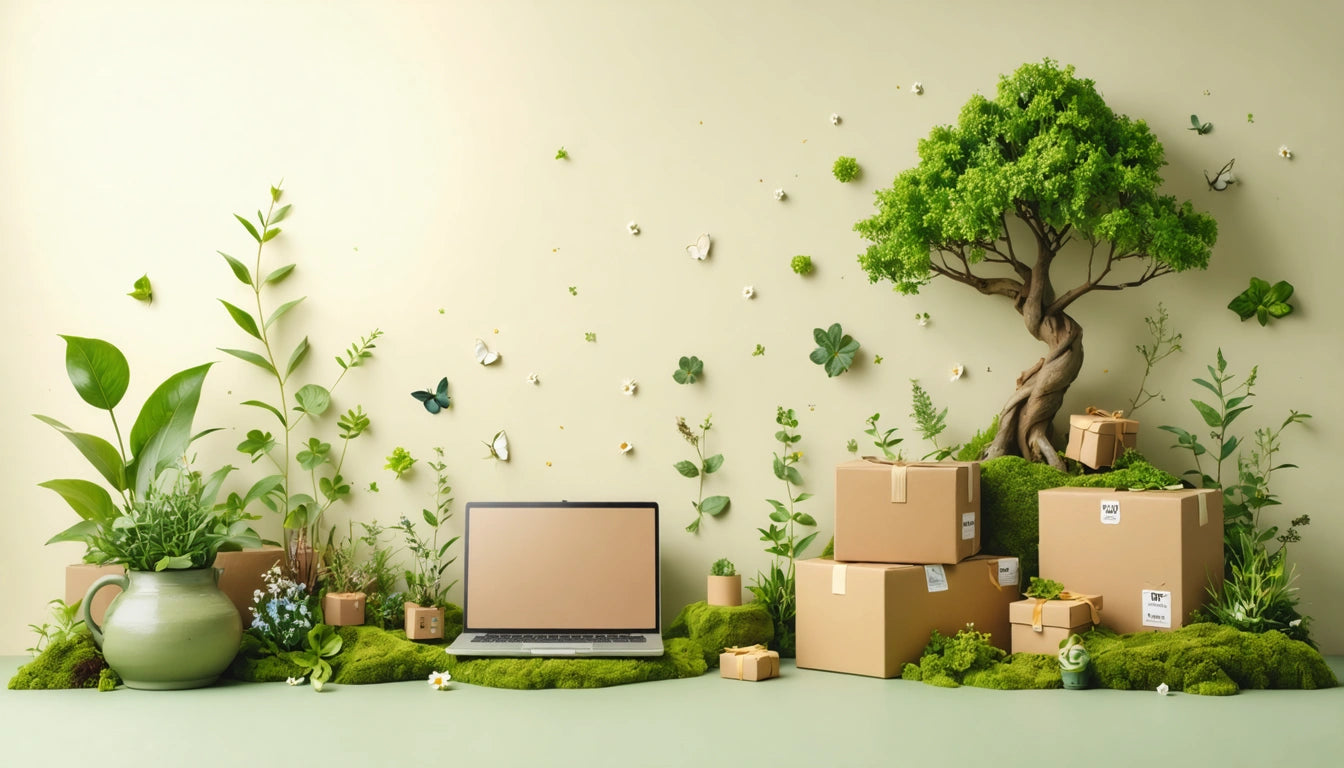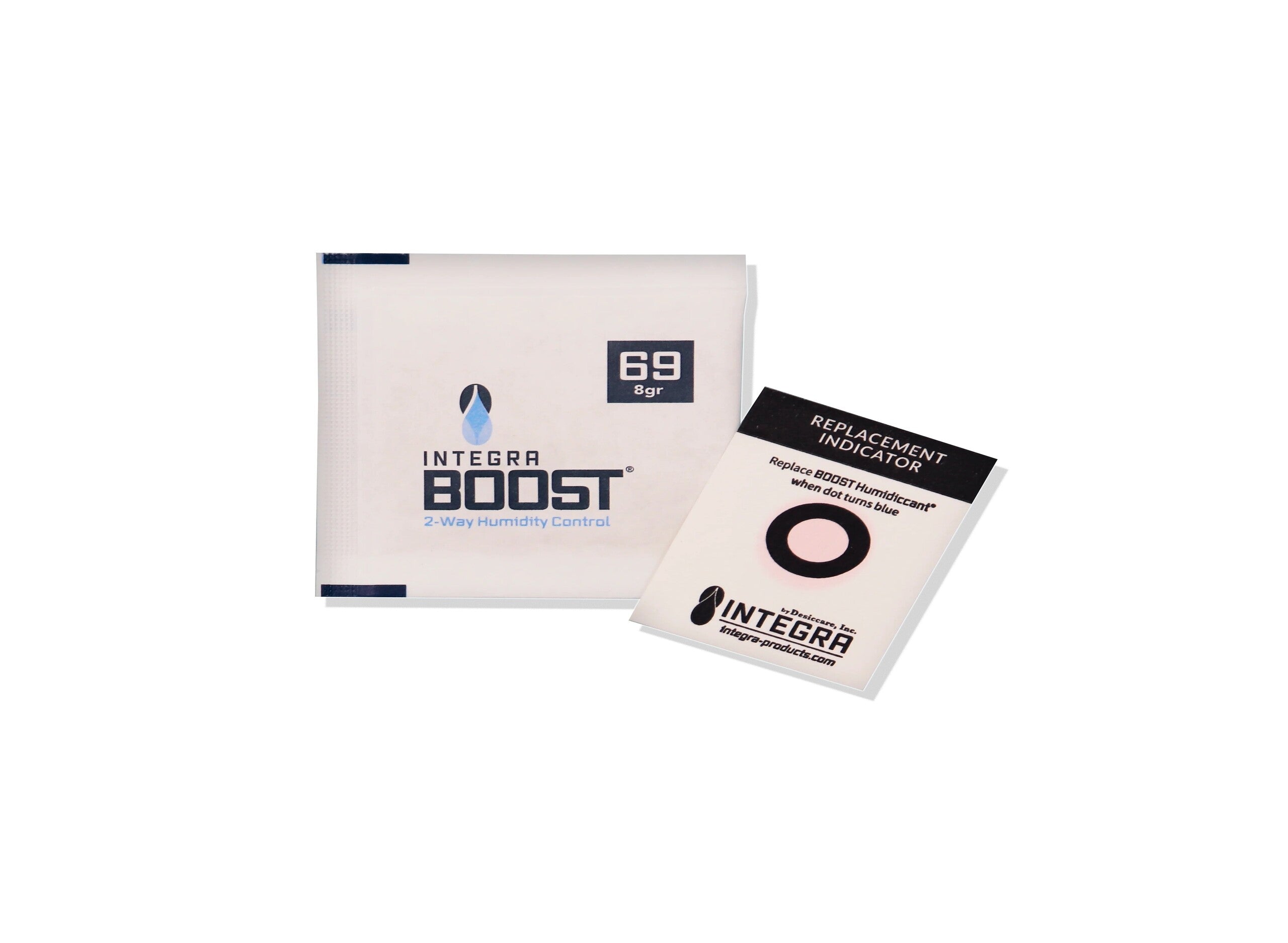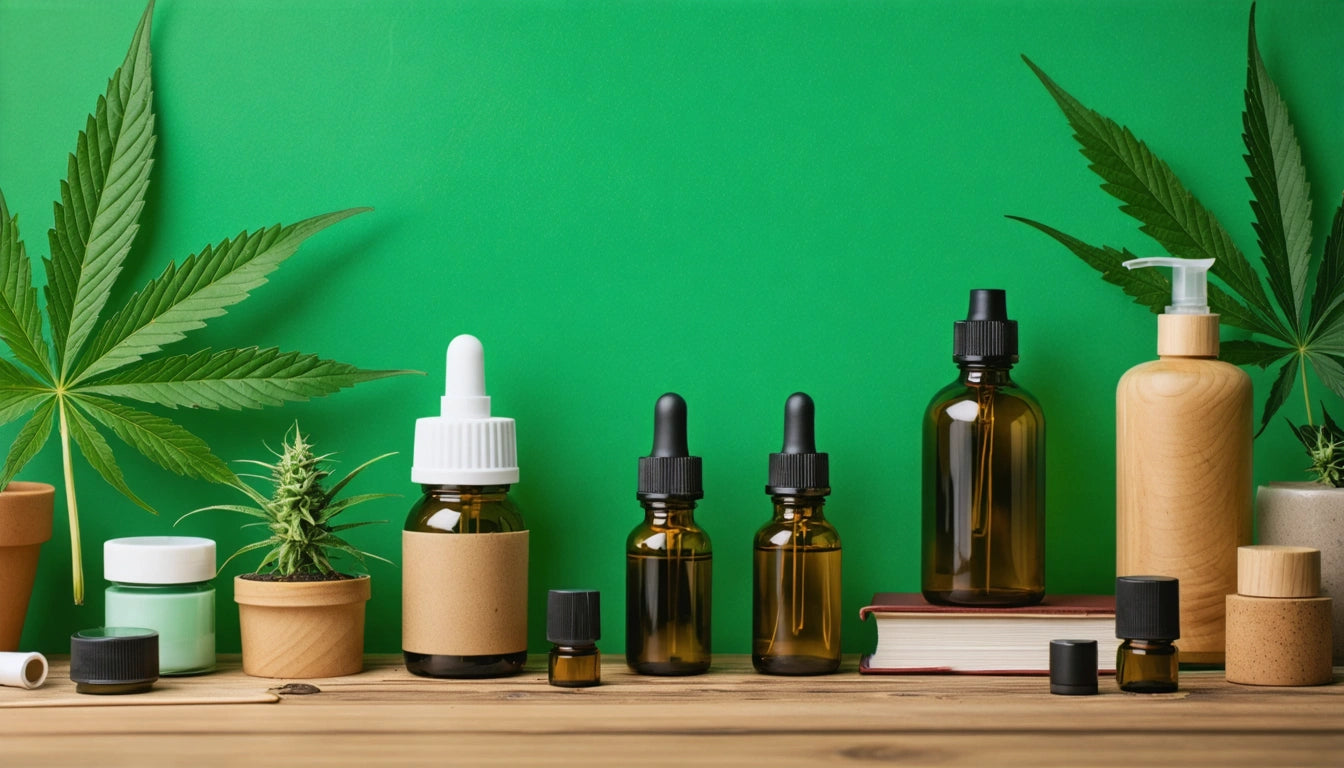Biophilic Design in Packaging: Why Nature-Inspired Aesthetics Work
Biophilic design in packaging leverages our innate connection to nature to create more engaging, memorable product experiences. This design philosophy incorporates natural elements, patterns, materials, and textures to forge deeper emotional bonds with consumers while often supporting sustainability messaging. As shelf competition intensifies, brands are discovering that nature-inspired aesthetics can significantly impact consumer perception and purchasing decisions.
Understanding Biophilic Design in Packaging
Biophilia refers to humans' inherent affinity for nature and living systems. When applied to packaging design, it manifests as visual and tactile elements that evoke natural environments. This approach taps into evolutionary psychology, where natural settings historically signaled safety, sustenance, and well-being. Modern consumers, increasingly disconnected from natural environments, often respond positively to packaging that reestablishes this connection.
Research indicates that biophilic design elements can reduce stress, improve cognitive function, and enhance mood. For brands, this translates to packaging that creates positive associations and memorable unboxing experiences that consumers want to share and repeat.
Key Elements of Nature-Inspired Packaging
Natural Color Palettes
Earth tones, botanical greens, ocean blues, and sunset gradients dominate biophilic packaging. The sunset gradient trend exemplifies how color can evoke emotional responses while subtly communicating product benefits. These palettes create visual harmony and stand out among artificial, high-saturation competitors.
Organic Patterns and Textures
Fractal patterns, wood grain, leaf veining, and water ripples are frequently incorporated into biophilic packaging. These elements can appear as printed graphics or physical textures through embossing, debossing, or material selection. Clever die cuts can further enhance these natural motifs by creating dimensional elements or revealing product glimpses.
Sustainable Materials
Biophilic design often extends beyond aesthetics to material composition. Recycled papers, plant-based plastics, and biodegradable alternatives reinforce the nature-inspired messaging while addressing growing consumer demand for environmental responsibility.
Consumer Psychology and Biophilic Appeal
The effectiveness of biophilic design stems from several psychological mechanisms. Natural elements trigger positive associations and can make products appear more authentic, trustworthy, and premium. This is particularly relevant for wellness, food, and cannabis products, where perceptions of purity and quality are paramount.
Tactile elements play a crucial role in biophilic packaging. Matte finishes, which mimic natural surfaces like stone or leaves, create a sensory experience that glossy alternatives cannot match. This tactile dimension extends the consumer relationship with packaging beyond the visual, encouraging interaction and exploration.
Implementing Biophilic Design Strategies
- Start with material selection that supports your biophilic narrative
- Incorporate organic shapes and asymmetry into structural design
- Use nature-inspired color palettes that evoke specific environments
- Consider seasonal variations that reflect natural cycles
- Balance literal natural imagery with abstract patterns
- Integrate tactile elements that reward physical interaction
When implementing biophilic design, authenticity is paramount. Consumers quickly identify superficial attempts to appear natural or sustainable. The most effective approaches integrate biophilic elements throughout the product experience, from outer packaging to inner components.
For brands seeking to enhance their packaging with custom elements, options like specially designed pre-roll packaging solutions can incorporate biophilic elements while maintaining functionality and compliance requirements.
Biophilic Design Across Product Categories
While wellness and natural product brands were early adopters of biophilic packaging, the approach has expanded across categories. Premium spirits feature botanical illustrations and textured labels. Technology products incorporate wood accents and organic curves to soften their technological nature. Even industrial products are embracing biophilic elements to communicate quality and thoughtfulness.
Cannabis packaging has particularly embraced biophilic design, with brands leveraging nature-inspired aesthetics to communicate product origins and effects. Choosing the right finish becomes crucial in this context, as it can dramatically affect how consumers perceive product quality and authenticity.
Future of Nature-Inspired Packaging Design
As biophilic design continues to evolve, we're seeing innovative applications that push beyond visual aesthetics. Interactive elements that change with environmental conditions, scented packaging that evokes natural environments, and biomimetic structures that function like natural systems represent the cutting edge of this approach.
Emerging color trends suggest that biophilic design will continue to dominate packaging in coming years, with nuanced natural palettes replacing both minimalist white spaces and bold synthetic colors. This shift reflects broader cultural movements toward wellness, authenticity, and environmental consciousness.
For brands looking to implement biophilic design principles, the key is finding the balance between trendy nature-inspired aesthetics and authentic connection to product identity. When executed thoughtfully, biophilic packaging creates a multisensory experience that resonates with consumers on a fundamental level, driving both initial purchase decisions and lasting brand loyalty.











Leave a comment
All comments are moderated before being published.
This site is protected by hCaptcha and the hCaptcha Privacy Policy and Terms of Service apply.